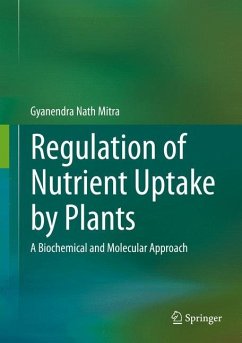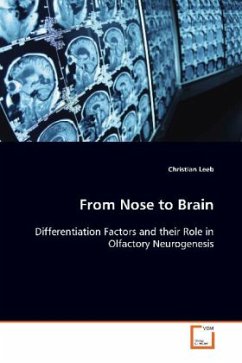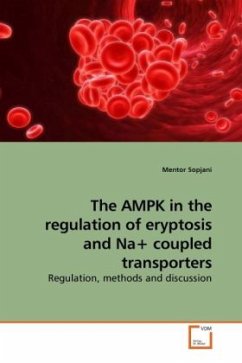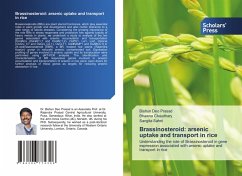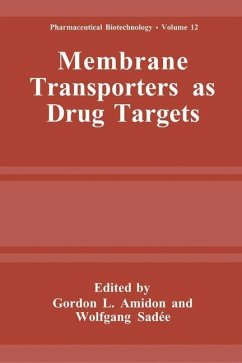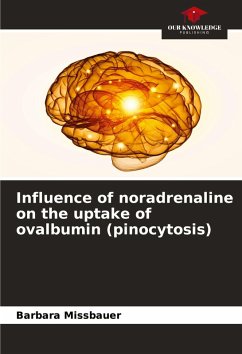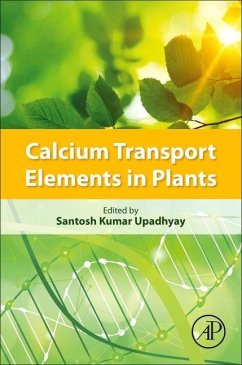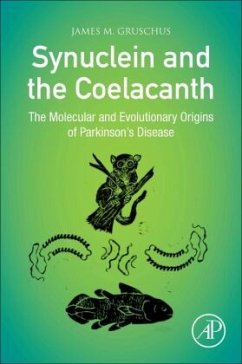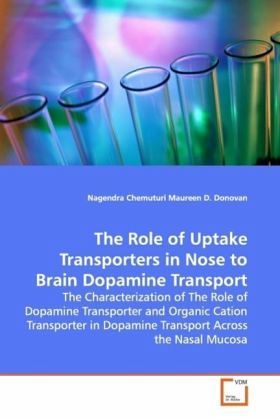
The Role of Uptake Transporters in Nose to Brain Dopamine Transport
The Characterization of The Role of Dopamine Transporter and Organic Cation Transporter in Dopamine Transport Across the Nasal Mucosa
Versandkostenfrei!
Versandfertig in 6-10 Tagen
52,99 €
inkl. MwSt.

PAYBACK Punkte
26 °P sammeln!
Dopamine, involved in the etiology of CNSrelated disorders such as Parkinson s disease, shows poor CNS disposition following oral and IV administration due to its extensive metabolism in the GI tract and poor permeation of the blood brain barrier. However, enhanced CNS uptake of dopamine was observed following intranasal administration. Western blotting and microscopy studies revealed the expression and presence of Dopamine Transporter (DAT) and Organic Cation Transporter-2 (OCT-2) in the nasal mucosa. Bi-directional transport studies demonstrated the role of both transporters in nasal mucosal...
Dopamine, involved in the etiology of CNS
related disorders such as Parkinson s disease, shows
poor CNS disposition following oral and IV
administration due to its extensive metabolism in
the GI tract and poor permeation of the blood brain
barrier. However, enhanced CNS uptake of dopamine
was observed following intranasal administration.
Western blotting and microscopy studies revealed the
expression and presence of Dopamine Transporter
(DAT) and Organic Cation Transporter-2 (OCT-2) in
the nasal mucosa. Bi-directional transport
studies demonstrated the role of both transporters
in nasal mucosal dopamine transport. Taken together,
these studies demonstrated the important role of
both DAT and OCT-2 in dopamine uptake across the
nasal mucosa. Nasal mucosal metabolism, which was
also studied, of dopamine was small. So, nasal
mucosal metabolism was not significant and does not
limit nasal mucosal permeability of dopamine. The
evidence from these studies suggests that enhanced
CNS disposition of dopamine following nasal delivery
is the result of carrier-mediated transport and is
not significantly limited by nasal mucosal
metabolism.
related disorders such as Parkinson s disease, shows
poor CNS disposition following oral and IV
administration due to its extensive metabolism in
the GI tract and poor permeation of the blood brain
barrier. However, enhanced CNS uptake of dopamine
was observed following intranasal administration.
Western blotting and microscopy studies revealed the
expression and presence of Dopamine Transporter
(DAT) and Organic Cation Transporter-2 (OCT-2) in
the nasal mucosa. Bi-directional transport
studies demonstrated the role of both transporters
in nasal mucosal dopamine transport. Taken together,
these studies demonstrated the important role of
both DAT and OCT-2 in dopamine uptake across the
nasal mucosa. Nasal mucosal metabolism, which was
also studied, of dopamine was small. So, nasal
mucosal metabolism was not significant and does not
limit nasal mucosal permeability of dopamine. The
evidence from these studies suggests that enhanced
CNS disposition of dopamine following nasal delivery
is the result of carrier-mediated transport and is
not significantly limited by nasal mucosal
metabolism.



